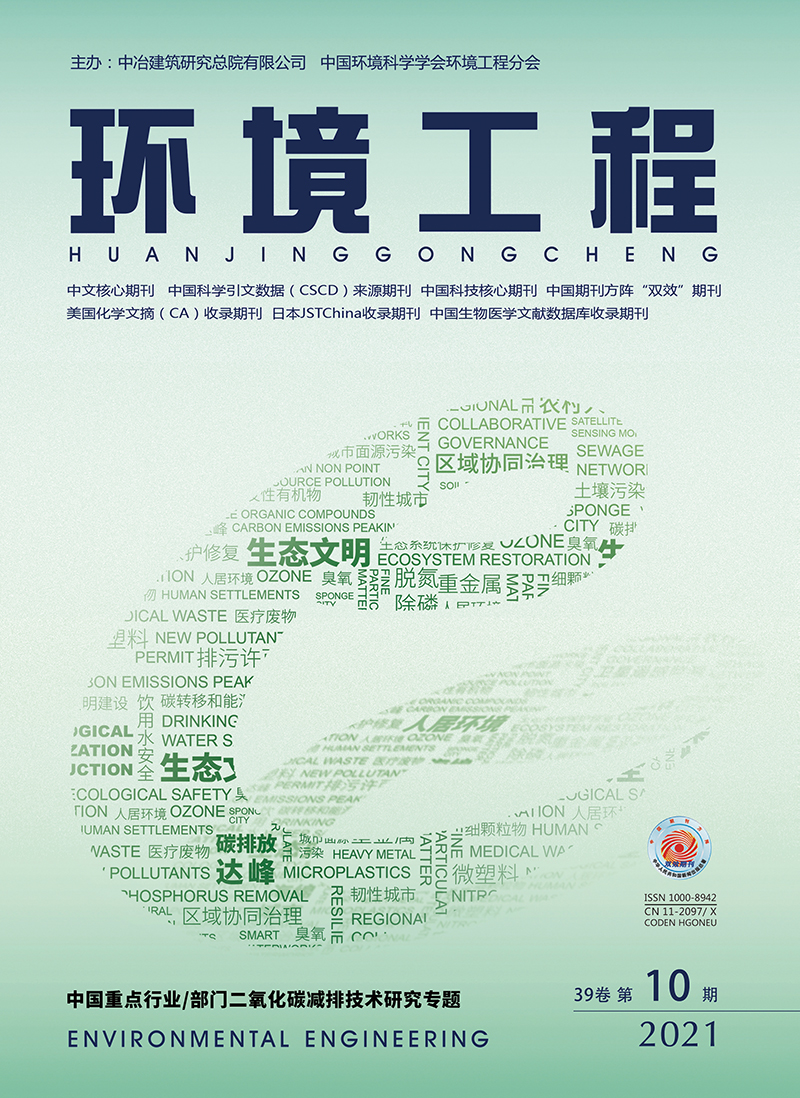| [1] |
张西雅,扈海波.基于多源数据的北京地区PM2.5暴露风险评估[J].北京大学学报(自然科学版),2018,54(5):1103-1113.
|
| [2] |
CHAK K C, YAO X H. Air pollution in mega cities in China[J]. Atmospheric Environment,2008,42(1):1-12.
|
| [3] |
顾芳婷,胡敏,王渝,等.北京2009-2010年冬、春季PM2.5污染特征[J].中国环境科学, 2016,36(9):2578-2584.
|
| [4] |
陈熙勐,张皓旻,顾万清,等.我国PM2.5主要成分及对人体健康危害研究进展[J].中华保健医学杂志,2019,21(1):83-85.
|
| [5] |
于淼,郭立群,李秋爽,等.PM2.5暴露下皮肤损伤评价方法研究进展[J].环境与职业医学,2019,36(9):869-873
,878.
|
| [6] |
段肖肖,刘思秀.PM2.5致病机制的研究进展[J].复旦学报(医学版),2020,47(4):605-614.
|
| [7] |
吴少伟, 邓芙蓉.大气PM2.5与健康:从暴露、危害到干预的系统研究进展[J].中国药理学与毒理学杂志, 2016, 30(8):797-801.
|
| [8] |
王庚辰, 王普才.中国PM污染现状及其对人体健康的危害[J]. 科技导报, 2014,32(26):72-78.
|
| [9] |
KIM Y, MANLEY J, RADOIAS V. Medium-and long-term consequences of pollution on labor supply:evidence from Indonesia[J]. IZA Journal of Labor Economics, 2017,6(1):5.
|
| [10] |
BRAITHWAITE I, ZHANG S, KIRKBRIDE J B,et al.Air pollution (particulate matter) exposure and associations with depression, anxiety, bipolar, psychosis and suicide risk:a systematic review and meta-analysis[J]. Environmental Health Perspectives,2019, 127(12):126002.
|
| [11] |
KAN H D, CHEN R J, TONG S L. Ambient air pollution, climate change, and population health in China[J].Environment International,2012, 42:10-19.
|
| [12] |
陈波,鲁绍伟,李少宁.北京城市森林不同天气状况下PM2.5浓度变化[J]. 生态学报, 2016,36(5):1391-1399.
|
| [13] |
王晓飞,王波,陆玉玉,等.基于Prophet-LSTM模型的PM2.5浓度预测研究[J].软件导刊,2020,19(3):133-136.
|
| [14] |
王黎明,吴香华,赵天良,等.基于距离相关系数和支持向量机回归的PM2.5浓度滚动统计预报方案[J].环境科学学报,2017, 37(4):1268-1276.
|
| [15] |
李建新,刘小生,刘静,等.基于MRMR-HK-SVM模型的PM2.5浓度预测[J].中国环境科学,2019,39(6):2304-2310.
|
| [16] |
陈菊芬,李勇.基于多模态支持向量回归的PM2.5浓度预测[J].环境工程,2019,37(1):122-126
,34.
|
| [17] |
宋国君,国潇丹,杨啸,等.沈阳市PM2.5浓度ARIMA-SVM组合预测研究[J].中国环境科学,2018,38(11):4031-4039.
|
| [18] |
赵文芳,林润生,唐伟,等.基于深度学习的PM2.5短期预测模型[J].南京师大学报(自然科学版),2019,42(3):32-41.
|
| [19] |
黄婕,张丰,杜震洪,等.基于RNN-CNN集成深度学习模型的PM2.5小时浓度预测[J].浙江大学学报(理学版),2019,46(3):370-379.
|
| [20] |
鲍艳磊,田冰,胡引翠,等.基于混合效应模型的京津冀地区PM2.5数值模拟[J].环境污染与防治,2020,42(3):268-274.
|
| [21] |
黄俊,王超群,周宝琴,等.广州PM2.5污染特征及与气象因子的关系分析[J].环境污染与防治,2020,42(2):176-181
,186.
|
| [22] |
李定,张文生.面向群体行为识别的注意力池化机制[J].中国科学:信息科学,2021,51(3):399-412.
|
| [23] |
徐少伟,秦品乐,曾建朝,等.基于注意力机制的两阶段纵膈淋巴结自动分割算法[J].计算机应用,2021,41(2):556-562.
|
| [24] |
郭旭超,唐詹,刁磊,等.基于部首嵌入和注意力机制的病虫害命名实体识别[J].农业机械学报,2020,51(增刊2):335-343.
|
| [25] |
SANTOS C, MING T, BING X, et al. Attentive pooling networks[J]. 2016.
|
| [26] |
WILLIAMS R J,ZIPSER D.A learning algorithm for continually running fully recurrent neural networks[J]. Neural Computation, 1998,1(2).
|
| [27] |
HINTON G E, SRIVASTAVA N, KRIZHEVSKY A, et al. Improving neural networks by preventing co-adaptation of feature detectors[J]. Computer Science, 2012,3(4):212-223.
|
| [28] |
HOCHREITER S, SCHMIDHUBER J. Long short-term memory[J]. Neural Computation, 1997, 9(8):1735-1780.
|
| [29] |
RUCK D W,ROGERS S K,KABRISKY M,et al. The multilayer perceptron as an approximation to a Bayes optimal discriminant function[J]. IEEE transactions on neural networks,1990,1(4):296-298.
|
| [30] |
史晓涛,刘建丽,骆玉荣. 一种抗噪音的支持向量机学习方法[C]//全国第19届计算机技术与应用(CACIS)学术会议论文集(下册),2008:5.
|


 Login
Login Register
Register E-alert
E-alert






 DownLoad:
DownLoad: